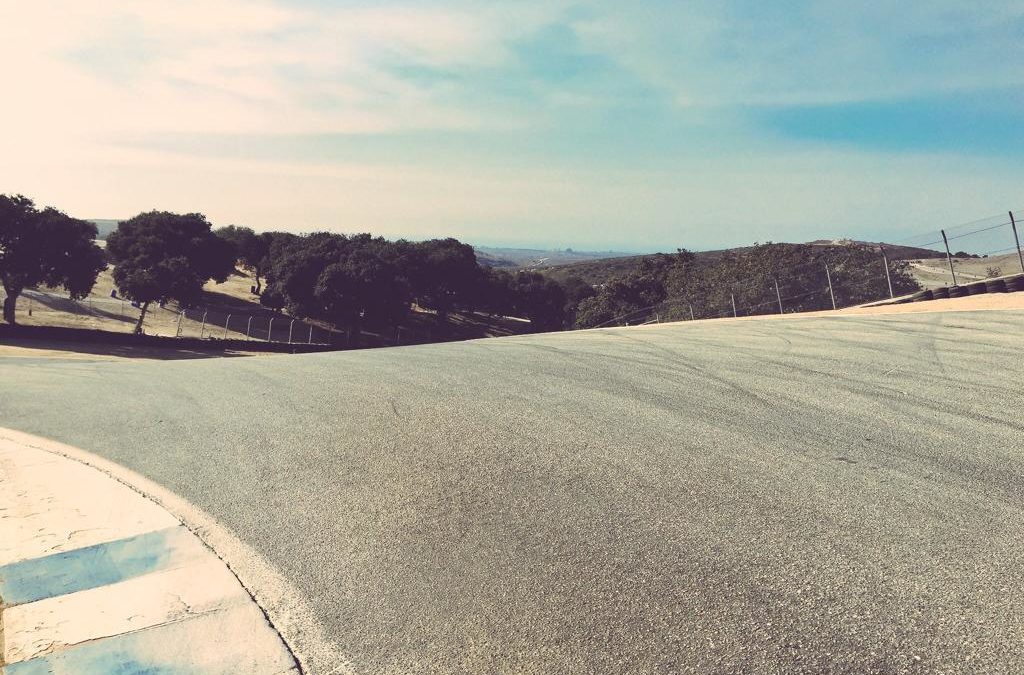Last week I talked about the IMSA event at Canadian Tire Motorsport Park, but I also discussed a bit about the car setup differences between that track and Watkins Glen. This week I want to go into a little more detail about one specific thing I mentioned: setup adjustments for drastic temperature changes. At both tracks, the weather started hot but then got significantly cooler, and it’s important to optimize a car for the weather conditions.
Both events started out with a really hot, “slippery” track, but the teams knew the grip level would increase throughout the event as the temperature went down. This isn’t a typical scenario: usually, temperatures tend to increase, so teams have to anticipate the track losing grip instead.
In order for teams to optimize the car setup for changing temperatures, they have to consider adjusting aspects like spring rates and balance (front vs. rear). As a track heats up, grip levels reduce, and sometimes softening the car (spring rates, sway bars or shocks are some of the things that can be changed) helps the car roll more, which is kinder to the tire. That way, the tire isn’t worked into the pavement as hard, so it doesn’t give up grip as quickly. If a car breaks traction right away, it’s typically due to that end of the car not being compliant enough.
The change in balance that teams will make depends on the car and whether it’s front-wheel drive or rear-wheel drive. Teams try to anticipate which end will give up more grip, and they will change the balance of the car to counter that while taking temperature and grip levels into consideration. It’s an educated guess for the engineers, and the good ones usually guess right! Good drivers will also adapt quickly if the setup isn’t perfect.
Lastly, the easiest tuning tool and something everyone can do for changing weather is tire pressure! The hotter the temperature, the more growth the tire will experience from its starting pressure. An over-pressured tire has less of a contact patch, which results in a reduction in grip. When adjusting your cold starting pressure, you should consider what the outside temperature will be when you’re on track. If it will be a lot warmer or colder, like when you’re prepping your car early in the morning but not racing until the afternoon, you should wait to set your tire pressures until the temperature is closer to what you’ll experience during your track session.
I hope that not only does this show you a little bit of the behind-the-scenes work teams do to adjust for changing conditions, but that it also gives you some insight to improve your own setup at the track.
I’ll certainly be taking the weather into consideration this weekend, when I race at one of the tracks that means the most to me personally and professionally! I’ll be racing in the IMSA Michelin Pilot Challenge GT4 race at Lime Rock Park as a co-driver of the No. 97 Invisible Glass Aston Martin Vantage GT4. Tune in live on Saturday, July 20, at 11:00am ET on IMSA.com to watch the race.



